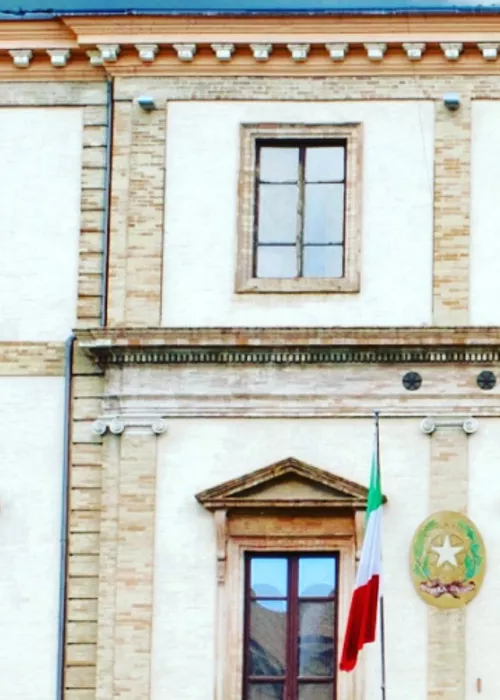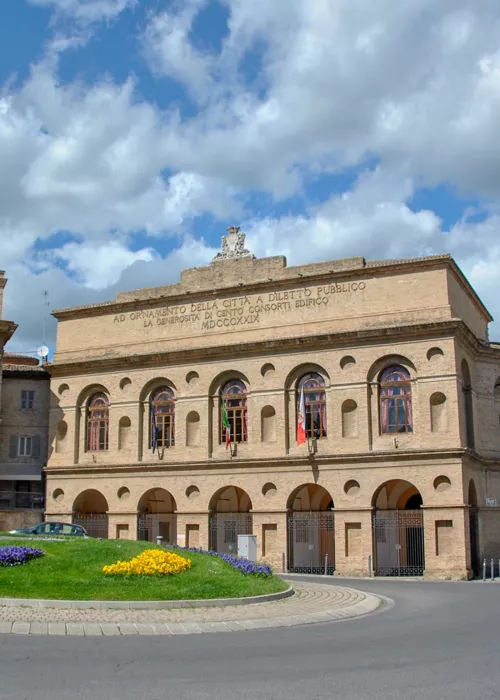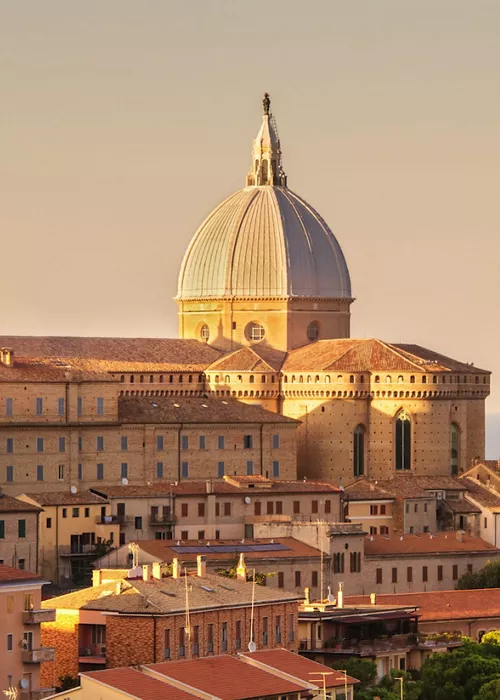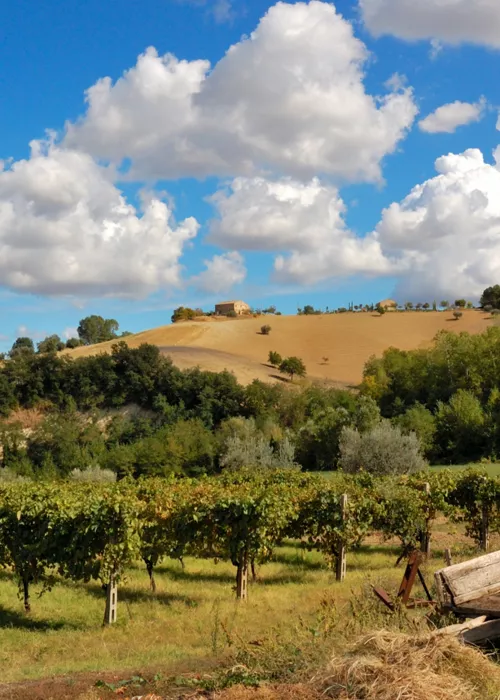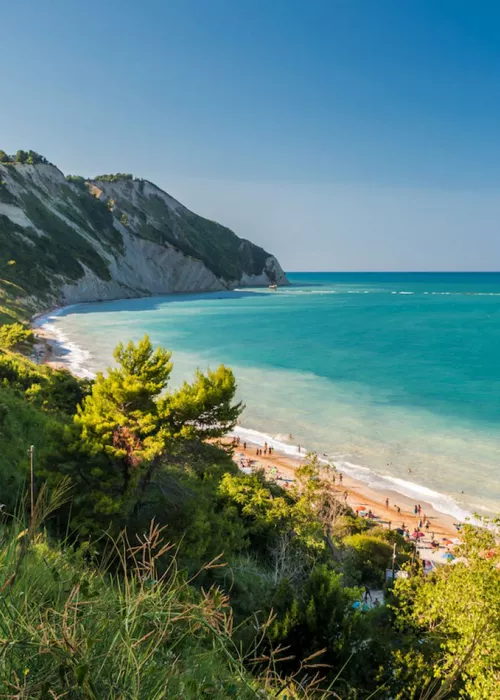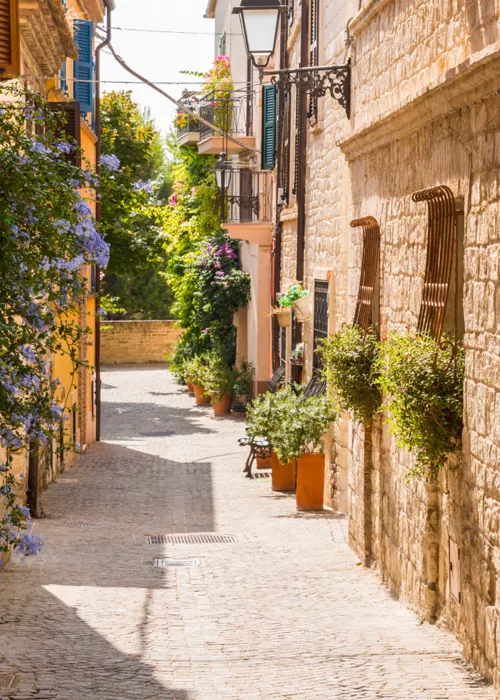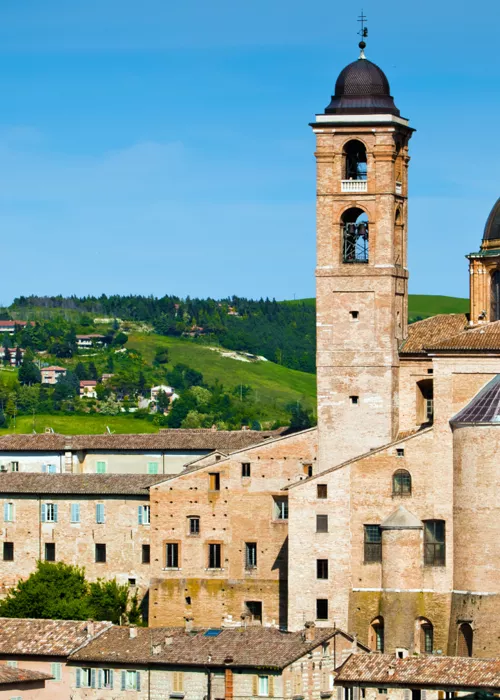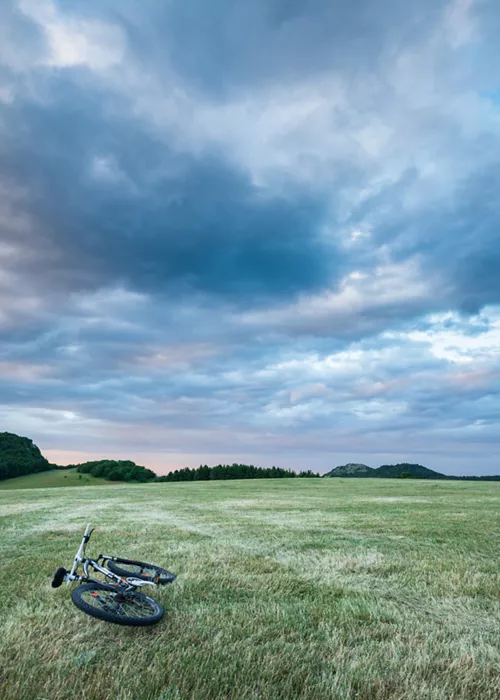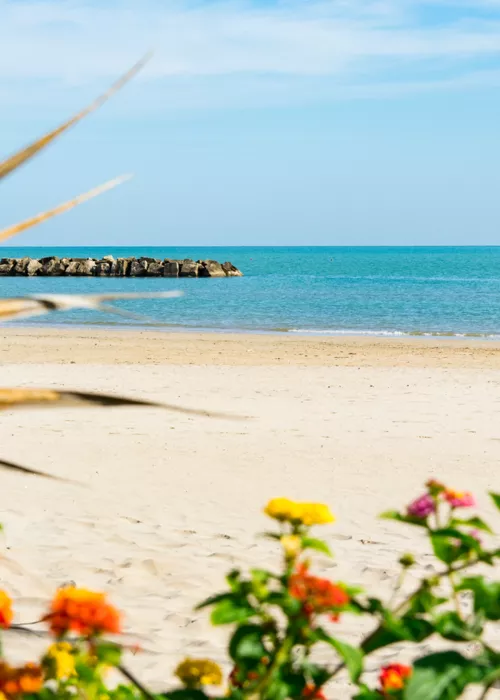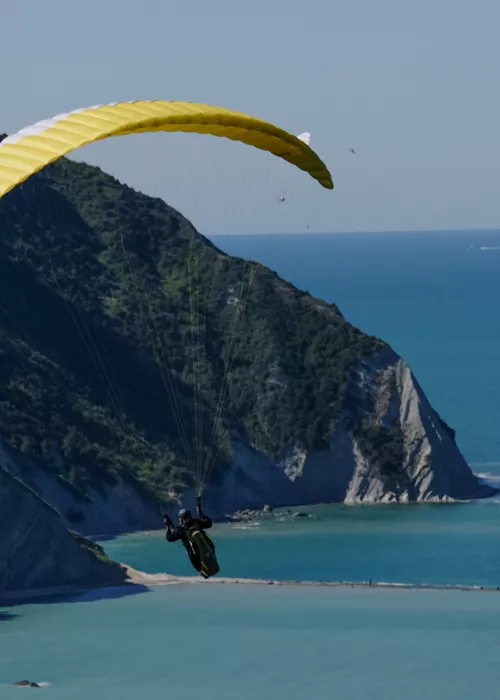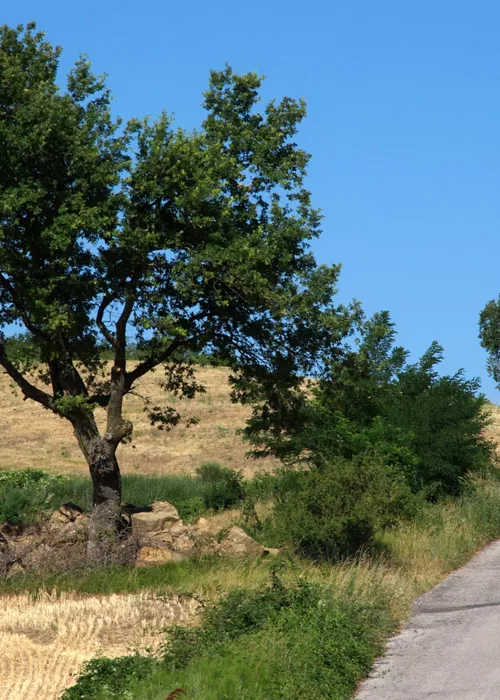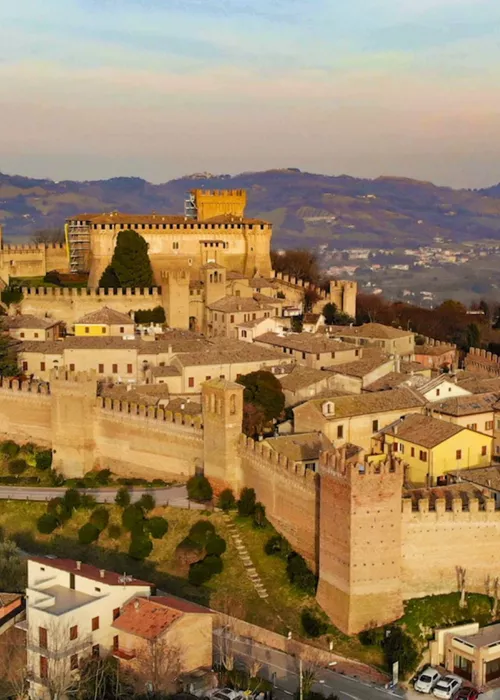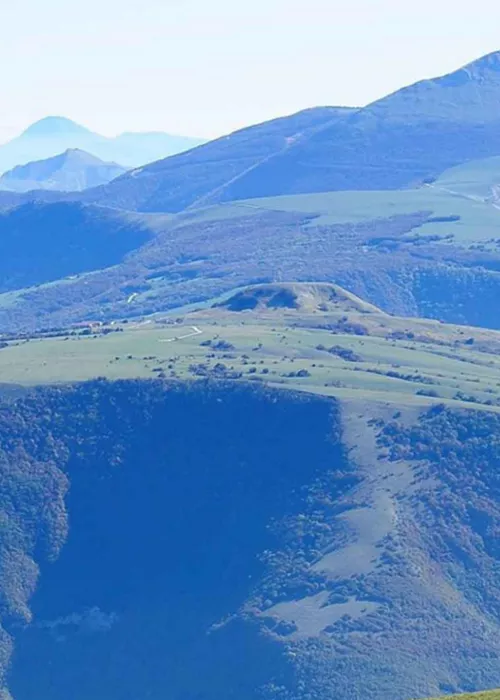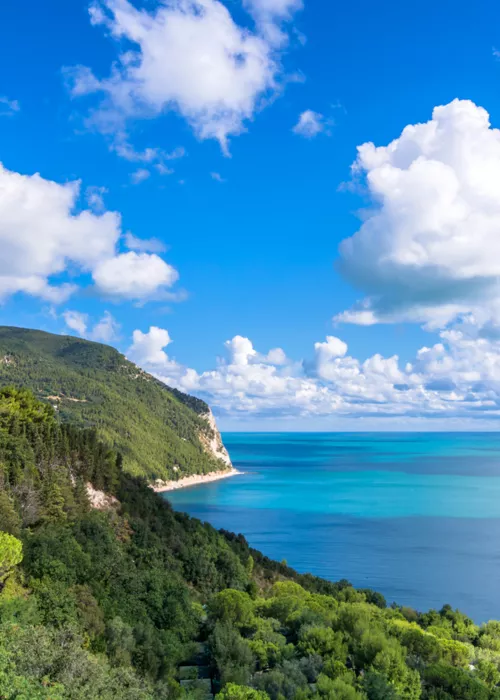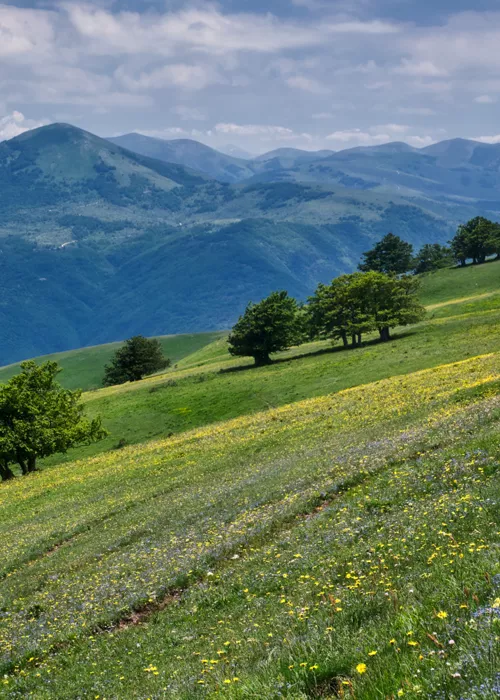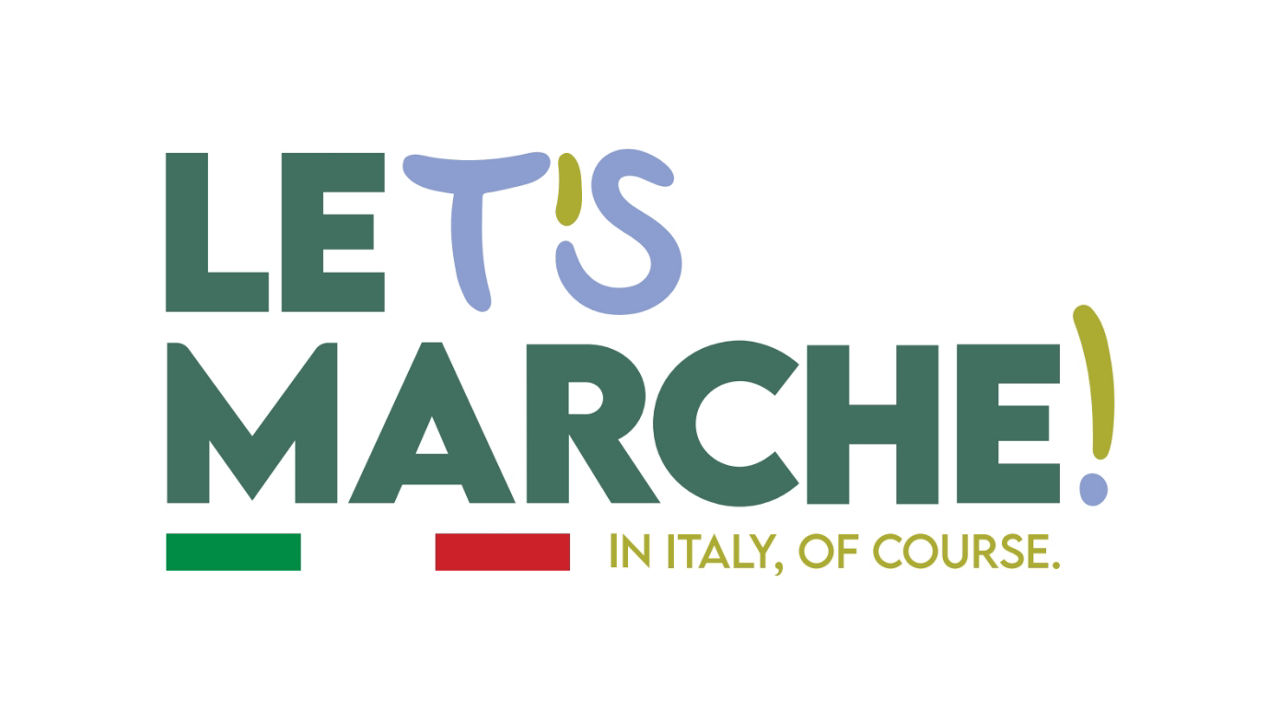Marche: The Lauretani Ways
4 minutes
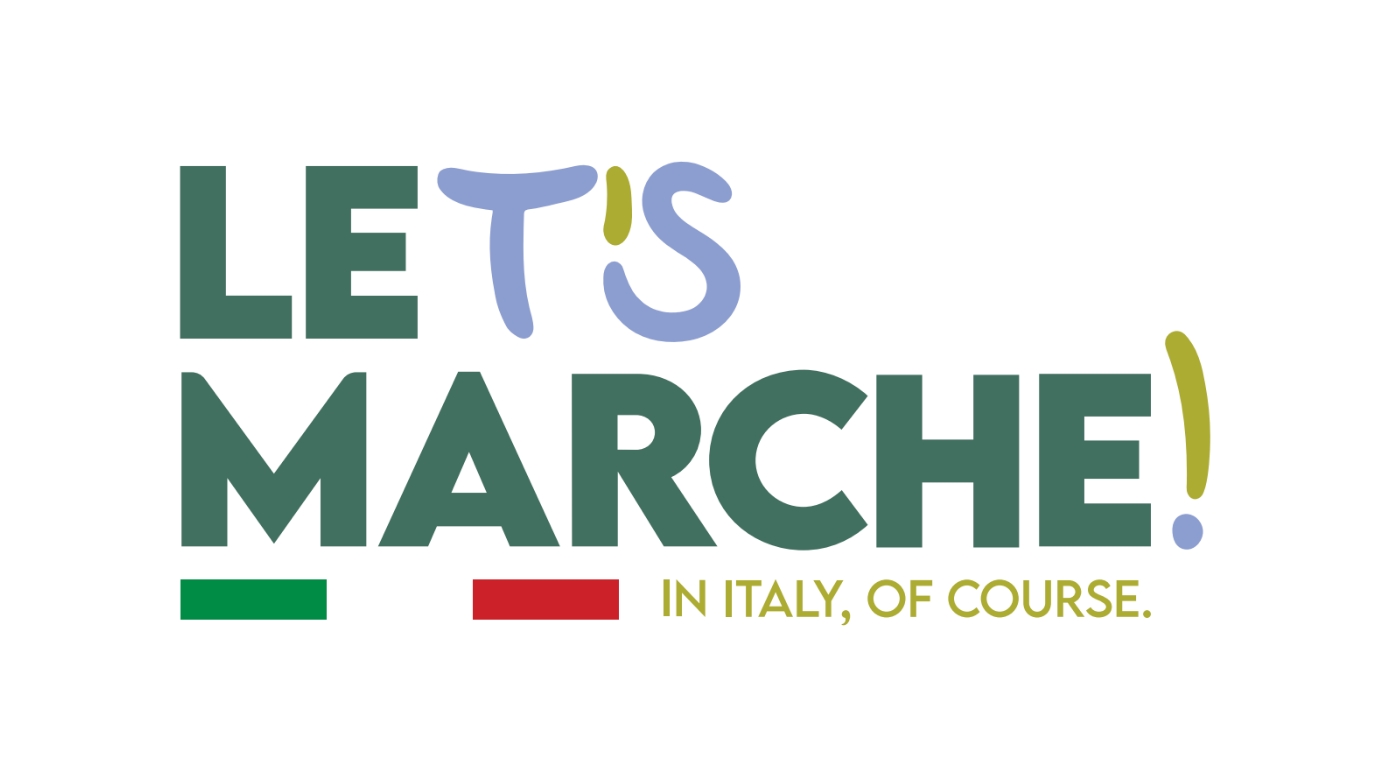
The Via Lauretana (Lauretani Ways) is an ancient Marian pilgrimage route connecting Rome to the Sanctuary of the Holy House of Loreto since the Middle Ages. The road, travelled from as early as the 14th century, also performed the function of connecting the capital of the Papal State to the Adriatic port of Ancona. The route took on paramount importance after Pope Gregory XIII decided to improve its viability through major renovations and new infrastructure in honour of the 1575 Jubilee, making it the most famous route in Europe.
Loreto's spiritual quality endows it with great cultural value. Indeed, through the centuries, it has permeated the local landscape, historic villages, devotional practices, places of remembrance and cultural heritage. It testifies to an admirable marriage between the beauty of Creation and the work of man. A rich heritage from the past, but also a strong local identifying element and a valuable resource from the perspective of sustainable development.
The Lauretani paths

As Father Giuseppe Santarelli recalls, “although the Via Lauretana (Lauretani Ways) was the path most frequented by far by pilgrims from Loreto to Rome and vice versa, it was not the only one” (*). Besides the main axis, there was, indeed, a web of routes, variants and diversions that converged towards the Holy House, either locally or inter-regionally.
Pilgrims coming from Venice and the Eastern Alps descended to Rome by way of the Via Romea, in the wake of the ancient Via Popilia. From Abruzzo, it climbed the Via Aprutina to Ascoli Piceno and, from there, along the ancient Via Salaria Gallica to Urbisaglia and Macerata, where it joined the Via Lauretana (Lauretani Ways). The Via di Macereto e Visso, travelled by shepherds and pilgrims from the Kingdom of Naples, converged with this one, but further inland, at Maddalena di Muccia. These are just some of the routes comprising the network of Lauretani paths.
Stages of the journey

The Via Lauretana (Lauretani Ways) begins in Rome, where the route initially coincides with the Via Flaminia, passing through villages in Lazio and Umbria.
Arriving in Foligno, the route diverges from the Flaminia del Furlo and curves towards the Apennine pass of Colfiorito, following the course of the Chienti River to Macerata, where it passes through the Potenza Valley, finally reaching Recanati and Loreto. Over time, pilgrims arriving in Foligno began to visit the Sacro Convento (Holy Monastery) of Assisi to venerate the remains of Saint Francis.
Today, the Via Lauretana (Lauretani Ways) is viable between Assisi and Loreto, divided into seven stages, five of which are in the Marche region where, after the Colfiorito Pass, in the municipality of Foligno, the path has two variants: north and south.
The southern variant passes through Muccia, birthplace of the Blessed Rizzerio, founder of a Franciscan hermitage, now a complementary accommodation facility. From here, the second stage continues to Belforte del Chienti, where you can visit the Church of Sant'Eustachio, housing an extraordinary 15th-century polyptych by Giovanni Boccati.
The northern variant from Colfiorito reaches Camerino, capital of the ancient duchy of the Da Varano family, home to a prestigious university, the Ducal Palace and the Basilica of San Venanzio. From here, the route then continues towards Belforte del Chienti, where it rejoins the southern route. The third stage leads to the Basilica of San Nicola and adjacent 14th-century Augustinian cloister, in Tolentino. Nearby is the Fiastra Abbey, an important Cistercian foundation.
The fourth and penultimate stages passes Macerata, ‘Civitas Mariae’, a town of art and culture and the birthplace of Jesuit and missionary Father Matteo Ricci. In addition to its prestigious academic and cultural tradition, Macerata is home to valuable examples of religious architecture, including the Church of San Giovanni Battista e San Giovanni Evangelista, the Cathedral of San Giuliano and the Basilica of Santa Maria della Misericordia.
The fifth and final stage in the Marche region (the seventh on the Assisi-Loreto route) ends at the Sanctuary of the Holy House of Loreto, a place of Marian devotion, where - tradition has it - the sacred relic of Mary’s house in Nazareth is venerated. Before arriving there, the route passes through Recanati, birthplace of Giacomo Leopardi, where there are important religious buildings including the Church of Sant'Anna, housing a faithful reproduction of the Holy House, and the Church of San Domenico, recently restored after the earthquake of 2016.
The forum for 'restoration and enhancement of the Lauretani Ways' has been working alongside civil and ecclesiastical organisations for over fifteen years to improve the path and its viability. In honour of the Holy Year 2025, after promoting the Via Lauretana (Lauretani Ways) in the Marche region, the forum began the process of restoring and enhancing the entire route as far as Rome.
For more information, click here



